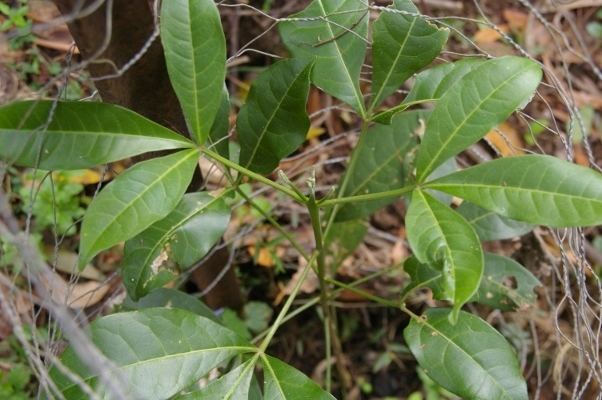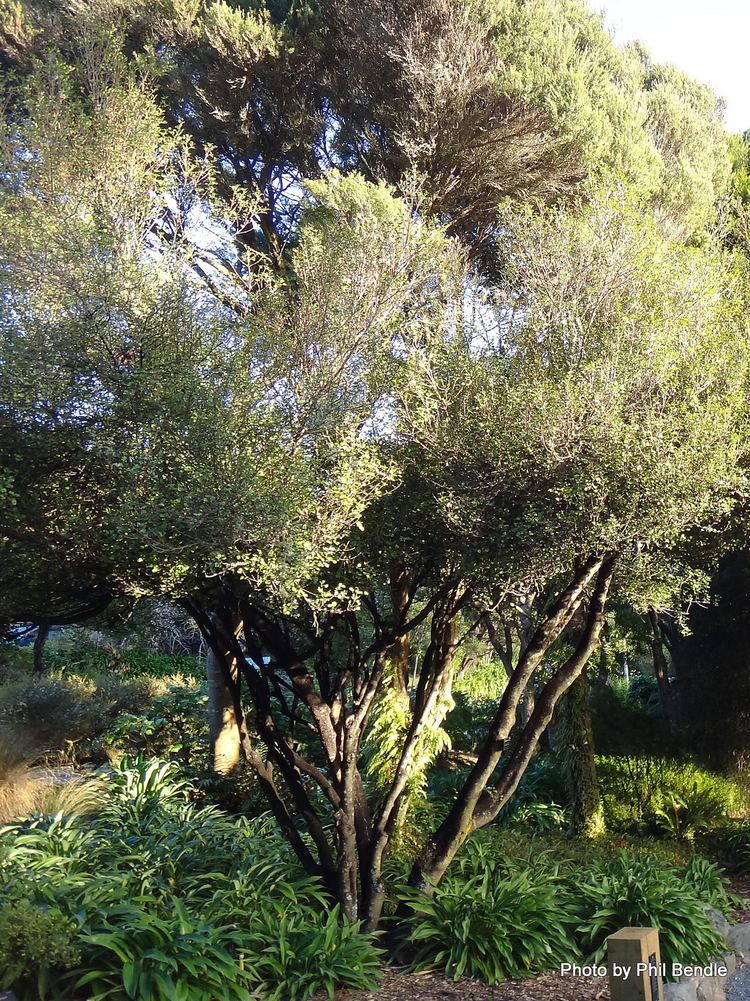Subfamily Toddalioideae | Scientific name Melicope Rank Genus | |
 | ||
Lower classifications Melicope elleryana, Melicope knudsenii, Melicope obovata, Melicope cruciata, Melicope hawaiensis | ||
Melicope elleryana pink flowered doughwood
Melicope is a genus of about 230 species of shrubs and trees in the family Rutaceae, occurring from the Hawaiian Islands across the Pacific to tropical Asia, Australia and New Zealand. The temperate Asian genus Tetradium (which sometimes include the tropical Euodia) is closely related to Melicope and is sometimes merged into it.
Contents
- Melicope elleryana pink flowered doughwood
- Medicinal rice p5g formulations for melicope excess pankaj oudhia s medicinal plant database
- Taxonomy
- References

In Australia they are known as doughwoods, or more ambiguously as "corkwoods" or "euodias", and in Hawaii they are collectively called alani; the Māori term wharangi for Melicope ternata is a cognate of that. Generally, these plants are simply called melicopes or (after a formerly independent genus now included in Melicope) peleas.

Several of the Hawaiian species are listed as federally endangered due to habitat loss and competition from invasive non-native plants. A few species are completely extinct already.
They are foodplants for various animals, mainly invertebrates. Caterpillars of the Ulysses butterfly (Papilio ulysses) are fond of M. elleryana; on M. clusiifolia caterpillars of Thyrocopa moths have been found. The larvae of some belid weevils from the genus Proterhinus also feed on Melicope; they prefer unhealthy, dying or dead specimens. But the plants may not be safe for humans – the nectar at least of Wharangi is known to yield toxic honey that may kill whoever eats it.

Medicinal rice p5g formulations for melicope excess pankaj oudhia s medicinal plant database
Taxonomy

The generic name is derived from Greek words μελι (meli), meaning "honey," and κοπη (kope), meaning "a division," referring to the glands at the base of the ovary. The Takhtajan system places the genus in the subfamily Rutoideae, tribe Zanthoxyleae, while Germplasm Resources Information Network places it in the subfamily Toddalioideae and does not assign it to a tribe. Evidence from 2009 indicates that the related genus Platydesma of four species is nested within the genus Melicope and is sister to all Hawaiian Melicope species. And while Melicope species are dioecious (individual plants only bear either male or female flowers), the flowers of Platydesma are hermaphroditic, suggesting a rare evolutionary reversion away from dioecy in Platydesma.. Molecular phylogenetic analyses also suggest that the genera Comptonella, Dutaillyea, Picrella, and possibly Dutailliopsis, all from New Caledonia, are also nested in Melicope.

